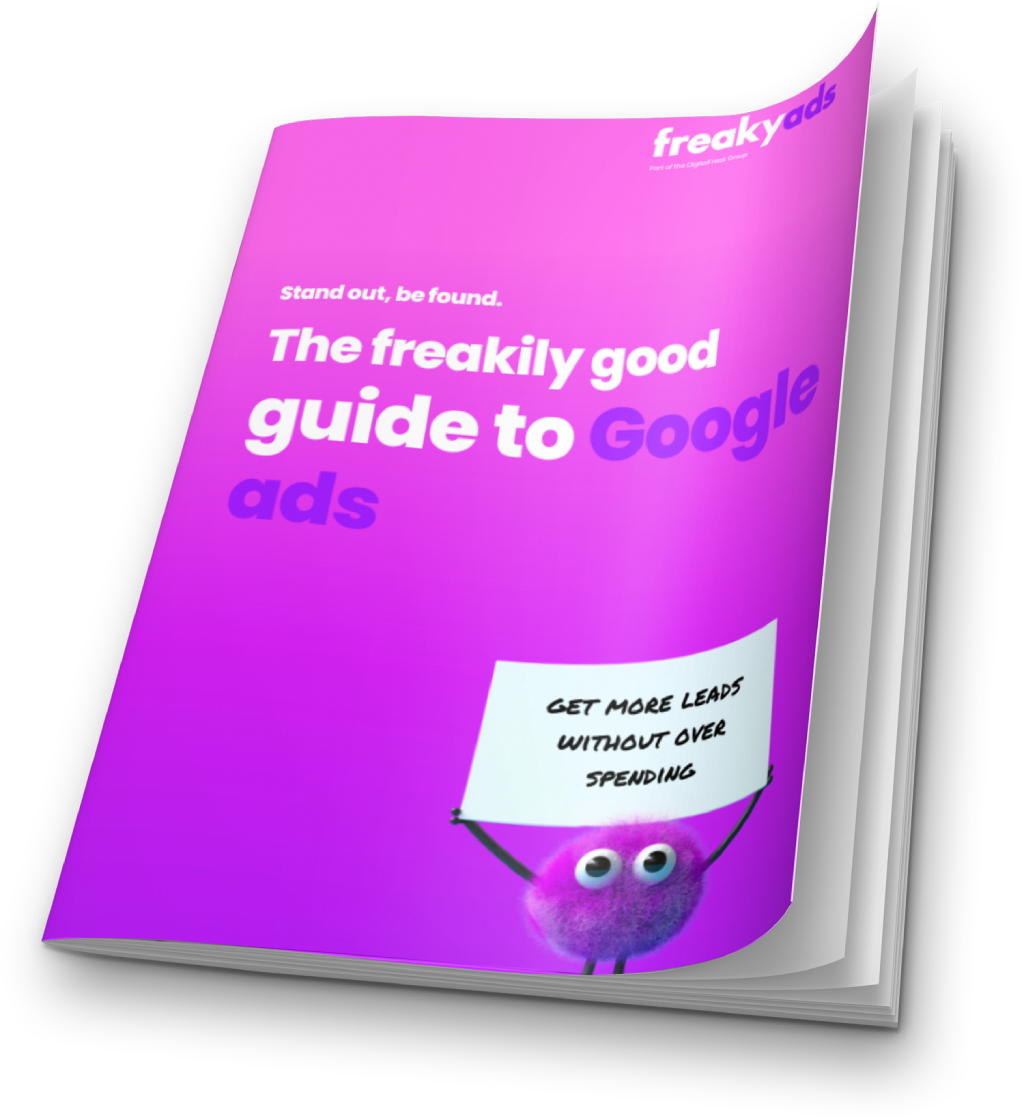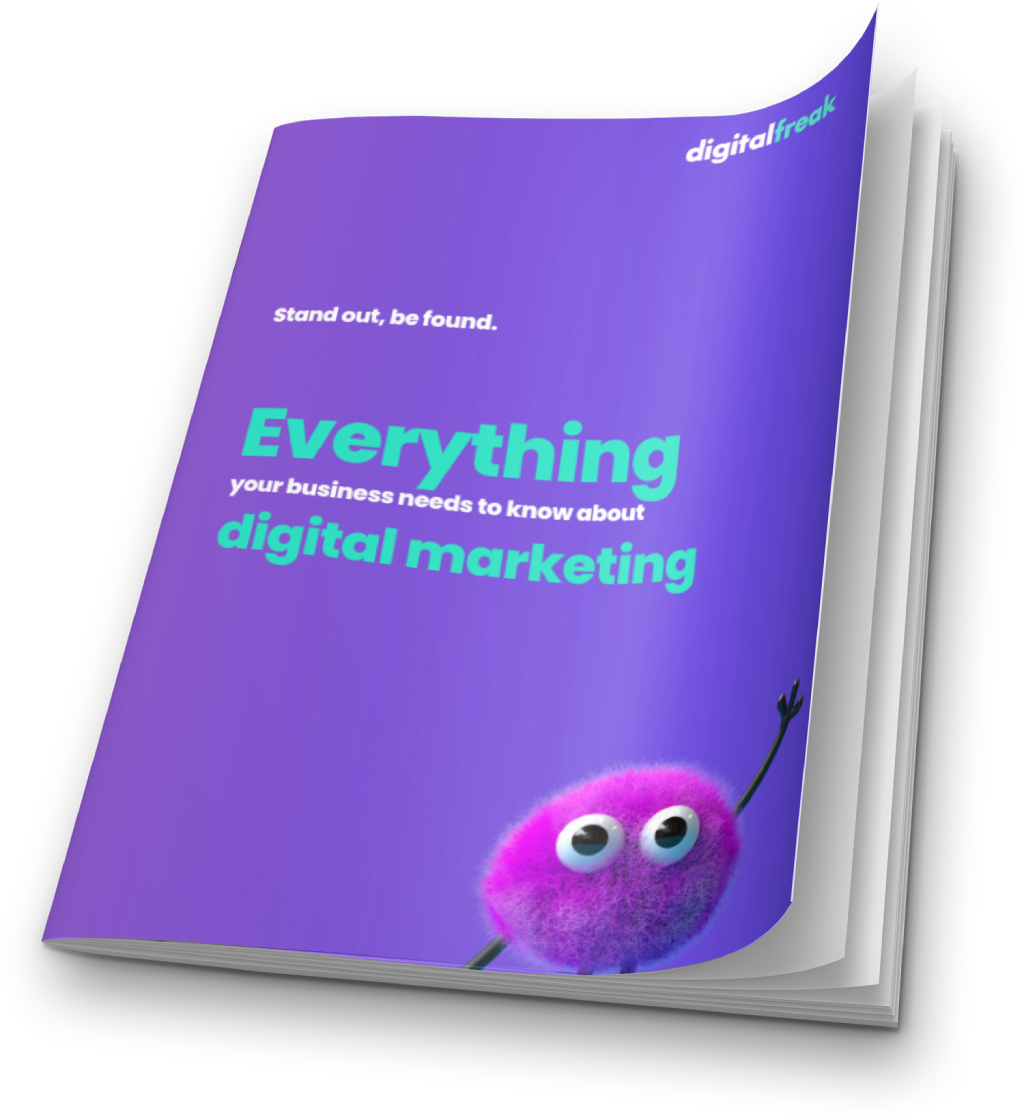Like anyone who is experienced in their own field or industry, we often forget that not all our clients are familiar with the terms and concepts that come second nature to us.
If you are interested in a career in marketing, want to begin marketing your brand or business, or you simply just want to brush up on your marketing knowledge, these are some of the most common digital marketing terms that you might come across.
Affiliate Marketing
This term is used to describe the arrangement between a brand and a person or business(the affiliate) where a commission is earned for every customer that is brought via the person or business’ marketing efforts. In simple terms, the affiliate makes a profit by promoting abrand.
Analytics
Analytics is the discovery of meaningful patterns in data and involves measuring, managing and analysing performance. These insights can be used to maximise effectiveness and minimise costs. Marketers use analytics to evaluate the success and value of their efforts.
B2B Marketing
B2B is an abbreviation of “business to business”. It is used to describe companies that market their products or services to other businesses and organisations. For example: Digital Freak is a B2B company as we provide digital marketing services to other brands or businesses.
B2C Marketing
B2C is an abbreviation of “business to consumer”. It describes the marketing of products or services directly to consumers. For example: Netflix is a B2C company as they provide movies and TV shows for customers to stream online.
Call to Action or “CTA”
A call to action describes a prompt on a website which urges the user to take a specific action. It is often in the form of a button or hyperlink and written as a phrase which drives the person to do something, such as “Buy Now”, “Sign Up” or “Read More”.
Conversion
A conversion occurs when a consumer responds to a call to action or completes a desired action. This could be clicking on a link in an email, filling out a form or making a purchase. The conversion rate is the percentage of people who completed the desired action.
Copywriting
Copywriting is the process of writing marketing material or “copy”. It is the text written in blogs, email campaigns, advertisements, social media and websites and is a vital component of any digital marketing strategy. Copywriting helps to persuade people to think a certain way about a brand or product and motivates them to take action.
Engagement
This term is used to describe the amount of interaction a piece of content receives. It is a tool that is used to evaluate how well consumers are connected to a brand. On social media, engagement can be in the form of a like, share or comment.
Click here to read our blog about increasing your engagement on social media.
Hashtag
A hashtag is a keyword phrase with the hash symbol in front of it. Hashtags enable users on social media to interact with one another and communicate about a specific topic or piece of content. Hashtags combine posts into a single feed which users can find by searching for a specific hashtag.
HTML
HTML is the abbreviation for Hyper Text Markup Language which is the written code used to write web pages. It provides the basic structure of the website which is then enhanced using other technologies such as CSS and JavaScript.
Inbound Marketing
Inbound marketing refers to the activities that attracts a consumer in through the creation of unique, relevant and valuable content. Types of inbound marketing includes content marketing, blogs, social media and events which all aid in creating brand awareness and attracting potential customers.
Lead
This term is used to describe a person or company who has expressed an interest in a product or service. The goal of the business is to then convert these prospects into paying customers. A lead could be an individual that has filled out a form, subscribed to a blog or participated in an online survey.
Pay Per Click or “PPC”
This is a type of online advertising in which an advertiser only has to pay when a user interacts with their advertisement by clicking and visiting the website. It is a method of buying traffic rather than attempting to earn visits organically. Google Ads is an example of PPC advertising.
Return on Investment or “ROI”
This is a performance measure used to evaluate the efficiency or amount of return of an investment. To calculate the return on investment, the benefit or return of the investment is divided by the cost of the investment. ROI is usually expressed by a percentage or a ratio. Marketers use this measure to determine whether their campaigns are making a profit.
SEO
Search engine optimisation (SEO) is the process of optimising your website for the purpose of getting free traffic from appearing high on the search engine results page. There are a number of ways to optimise a website which include ensuring all your pages have title tags and meta descriptions, incorporating strong keywords into written content and being active on social media.
SEM
The main goal of search engine marketing is to rank higher in the search engine results page. Unlike SEO, SEM utilises a paid strategy in order to do this. A paid SEM strategy involves setting up and optimising ads as well as setting a budget that pays for the placement of them.
Click here to read our blog which goes more into depth into the concepts of SEO and SEM and the differences between the two.

Written by
Michelle van Blerck – Communications Manager
I take a spark and turn it into a fireworks show! From internal client communications to LinkedIn authority articles, social media, and blogs, I write it all. My aim is to represent clients authentically with high-quality content that Google loves. I’ll show consumers why you’re the business they want to work with, buy from, and follow for life!














